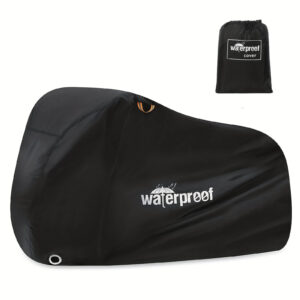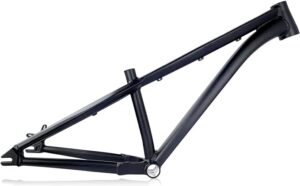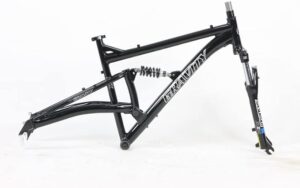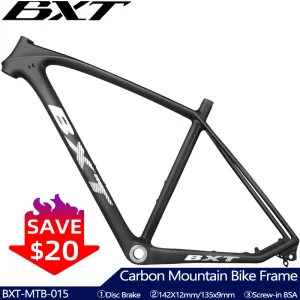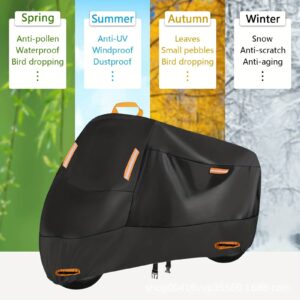Finding the perfect fit for your bike can make a world of difference in your riding experience. Proper bike fit can prevent discomfort, reduce the risk of injury, and enhance your overall performance. This article will guide you through the steps to adjust your bike for a proper fit, ensuring that every ride is comfortable and enjoyable.
Importance of Proper Bike Fit
Before diving into the adjustments, it’s essential to understand why a proper bike fit is crucial. An ill-fitting bike can lead to various issues, such as knee pain, back pain, and numbness in the hands or feet. Moreover, a well-fitted bike allows for better control, efficiency, and comfort, making your rides more enjoyable and sustainable over time.
Measuring Your Body
The first step in adjusting your bike for a proper fit is to take accurate measurements of your body. Key measurements include your inseam, height, and arm length. These measurements will help you determine the correct frame size and make necessary adjustments to the saddle, handlebars, and pedals.
Inseam Measurement: Stand against a wall with your feet shoulder-width apart and measure from the floor to your crotch. This measurement is crucial for determining your saddle height.
Height: Measure your full height, as this will help in selecting the appropriate frame size.
Arm Length: Measure from your shoulder to the middle of your palm. This measurement assists in adjusting handlebar reach and positioning.
Adjusting the Saddle
The saddle is one of the most critical components of your bike in terms of fit. Proper saddle height and angle can prevent discomfort and improve pedaling efficiency.
Saddle Height: To find the correct saddle height, sit on the bike and place your heel on the pedal. The pedal should be at its lowest point (6 o’clock position). Your leg should be fully extended without tilting your hips. This ensures that your knees are slightly bent when pedaling, reducing strain on your joints.
Saddle Position: The saddle should be level and positioned horizontally. Use a spirit level to check this. A tilted saddle can cause discomfort and affect your riding posture.
Fore-Aft Position: Sit on the saddle and ensure that when the pedals are horizontal (3 o’clock and 9 o’clock positions), your forward knee is directly over the pedal axle. This position helps in distributing your weight evenly and enhances pedaling efficiency.
Adjusting the Handlebars
Handlebar adjustments are essential for comfort and control. The correct handlebar height and reach can prevent back, neck, and shoulder pain.
Handlebar Height: The height of the handlebars depends on your riding style. For a more upright and comfortable position, the handlebars should be level with or slightly above the saddle. For a more aggressive and aerodynamic position, the handlebars can be lower than the saddle. Adjust the height by moving the stem up or down.
Reach: The reach is the distance from the saddle to the handlebars. A proper reach ensures that your arms are slightly bent, allowing for better control and comfort. If you feel too stretched out or cramped, adjust the stem length or handlebar position.
Handlebar Angle: The angle of the handlebars should be adjusted so that your wrists are in a neutral position. This prevents strain on your wrists and allows for better control of the bike.
Adjusting the Pedals
Proper pedal adjustment is crucial for efficient power transfer and preventing knee pain.
Cleat Position: If you use clipless pedals, ensure that the cleats are positioned correctly on your cycling shoes. The ball of your foot should be over the pedal axle. Adjust the cleats to avoid any twisting or misalignment that can cause discomfort.
Pedal Tension: For clipless pedals, adjust the tension according to your comfort level. Beginners may prefer lower tension for easier clipping in and out, while experienced riders may opt for higher tension for a more secure connection.
Final Checks
Once all adjustments are made, take your bike for a test ride. Pay attention to any discomfort or pain and make minor adjustments as needed. It may take a few rides to fine-tune everything, but the effort is worth it for a comfortable and efficient riding experience.
Adjusting your bike for proper fit is a crucial step in ensuring a comfortable, efficient, and enjoyable riding experience. By taking the time to measure your body, adjust the saddle, handlebars, and pedals, you can prevent discomfort and enhance your performance. Remember that small adjustments can make a big difference, so don’t hesitate to fine-tune your bike fit until it feels just right. Happy riding!



